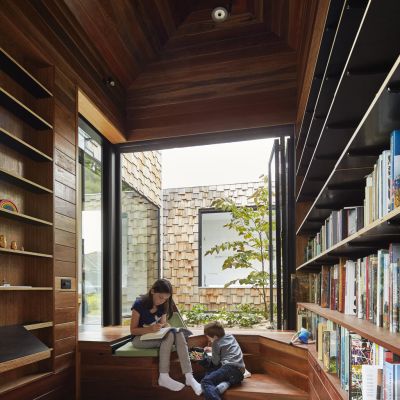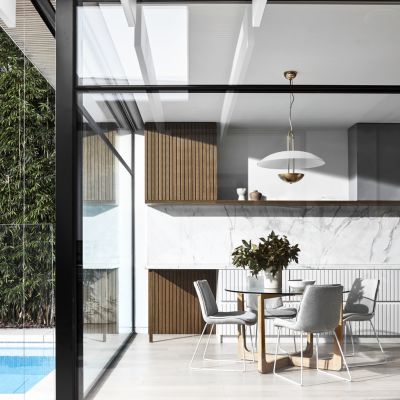Darren Palmer's Renovation 101: What you should know before you start
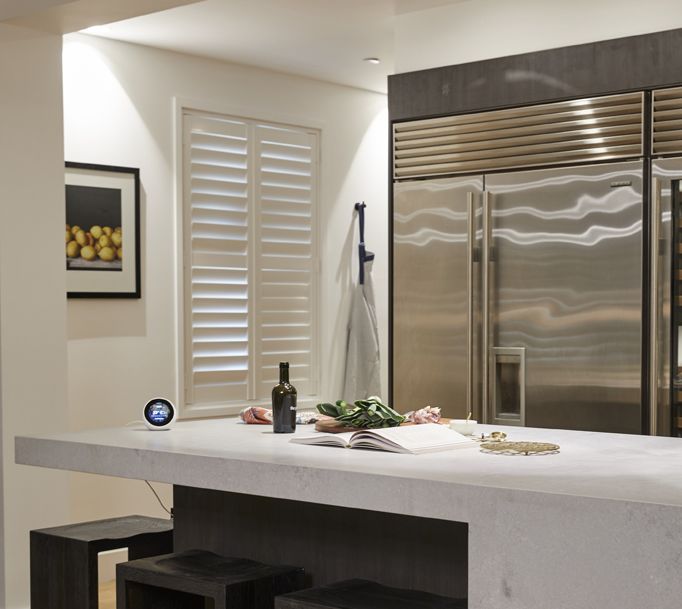
You’ve just purchased a new home or an investment property and it’s a bit of a fixer upper, AKA a renovator’s delight – it needs some work.
When you’re assessing a home improvement project, first things first, you need to spend time planning.
I’m slow at this part, preferring to live in a home and see how light hits different spaces at different times, and walking through areas to see what an ideal layout might be. You need to spend some time working out the current benefits of the property as well as its drawbacks.
When you have a list of these pros and cons, you will know what challenges you have to fix and elements you have to maximise.
You then need to decide how far you intend to go – what needs an overhaul and what would pass with just a minor update – and, of course, the big one: what your budget will allow. It’s important to not let emotional desires override when determining how much you can afford. Letting your heart run away from your head may get you into financially risky territory.
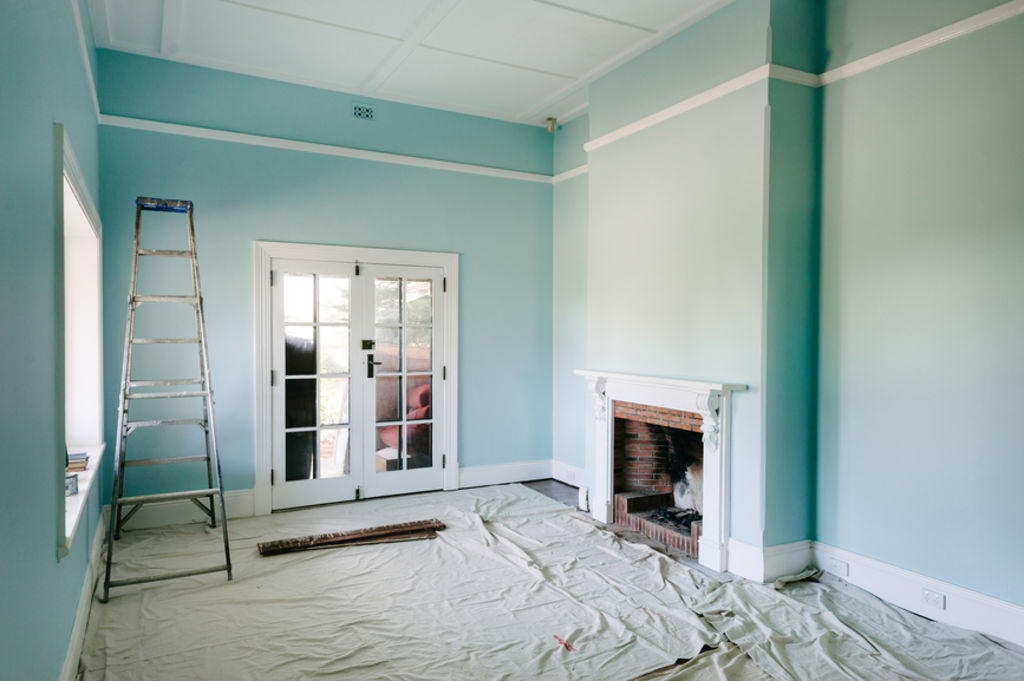
To DIY or not to DIY?
If the proposed improvements are manageable under your own steam, consider a DIY project.
An aesthetic-only upgrade – updating tapware, switches and light fittings – will be relatively simple to carry out on your own. However, don’t underestimate how much time and preparation painting timber work can be, as well as replacing carpets, revealing floorboards or laying new hard flooring, and repairing and repainting walls and ceilings. These are some of the major costs when engaging a professional as they are the most laborious, so be sure to factor in the value of your time.
Time to bring in the experts
If you’re undertaking a larger project, it’s best to call in the professionals. They’ll do it better and faster, and will save you in so many ways in the long run.
Small renovation works, such as replacing an existing kitchen or bathroom, will depend on the complexity of the design and the finishes and inclusions you’re looking to invest in.
The simpler the design and the less you have to move things like plumbing points, waste pipes and drains the less you will spend on labour.
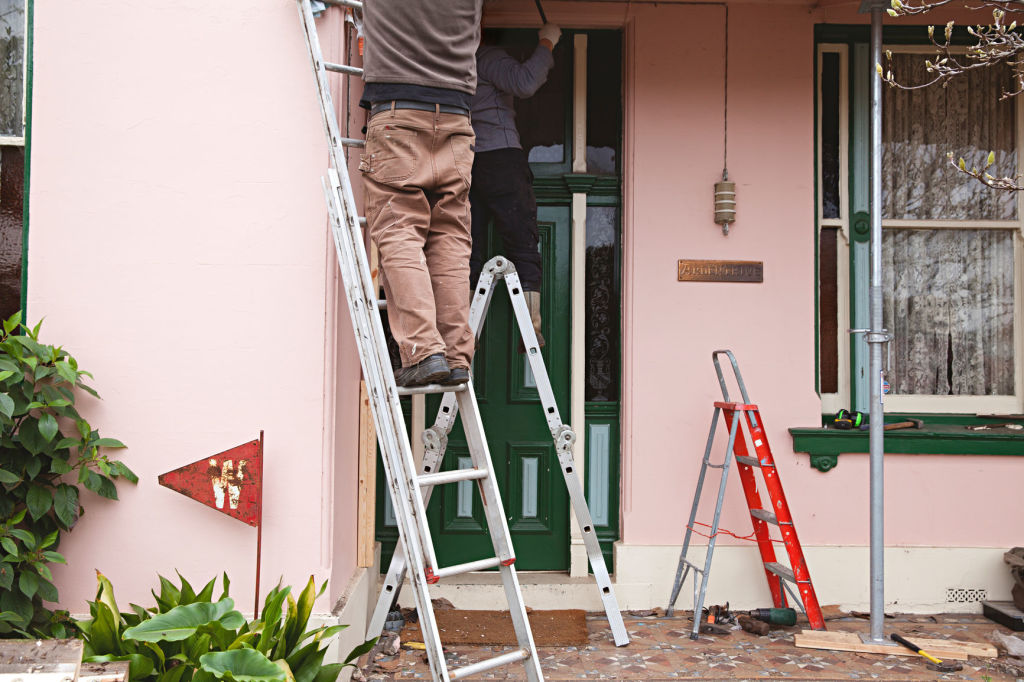
Those with a small budget should look for tiles ranging from $10 to $40 per square metre. Tiles from $50 to$100 are moderate to expensive and anything above $100 per square metre is considered expensive. You could consider using these in a small, feature area for impact.
If you’re looking to do a complete overhaul such as rearranging an existing floor plan, a new build or extension, it’s best to engage an architect or designer to work out the best building and layout for your piece of land.
These works will usually require different levels of approvals from strata, company managers and councils. Some works may need only a Complying Development while others may need a Development Application.
If in doubt call your local council to work out the best approaches to approval. If this process leaves you overwhelmed, there are town planners and private certifiers that can assist you.
Don’t know your Natural White from your Vivid White? Fear not, an interior designer or architect can help you to narrow your design direction, filter through your objectives and desires and help you find the right materials, colours and inclusions for your project. An added bonus: they can assist with the application and approval process too.
A builder once told me that anything is possible as long as you have the money. Never a truer word was spoken, as either a confirmation or, indeed, a warning.
We thought you might like
States
Capital Cities
Capital Cities - Rentals
Popular Areas
Allhomes
More

